HOUSEPLANTS > ORCHIDS > mixed bag
IN THIS GUIDE
ORCHID GUIDES

DendrobiumFeedingPhalaenopsisRebloomingVarietiesWatering
orchidaceous plant are ill-famed for being fussy plant life , but some are easier to grow as houseplants than you might cerebrate .
“ When selecting an orchid , your topmost considerations , other than aesthetics , should be its time of year of flowering , whether it ’s terrestrial or epiphytic , its light predilection , and its temperature motivation , ” shares Peter Lickorish , a Master Horticulturist .

Spotted in Kew Gardens
“ Although most orchids involve differing day and night temperature , they can be loosely classified as warm - raise , intermediate - growing or cool - growing . For light levels , some prefer longer durations of less bright light source , while others need brighter condition . ”
Moth orchids , Phalaenopsis , are the most commonly grow as houseplants in the UK .
However , as you’re able to see from the list below , there are not only many of these orchids to choose from but also many other orchid varieties that you might grow .

“ It is indeed challenging to choose a preferent orchidaceous plant type or variety , as they each possess their own unique characteristics and appeal , ” saysDaniel Toor , Owner of the specialist nursery The Dark Orchid .
“ I am constantly enthralled by the vast raiment of orchid chassis , sizes and colours , as well as the involution of their leave of absence , bulbs , roots , increment patterns and preferred environs .
“ To me , each orchidaceous plant is like a character with its own distinct appearance , necessary and personality .
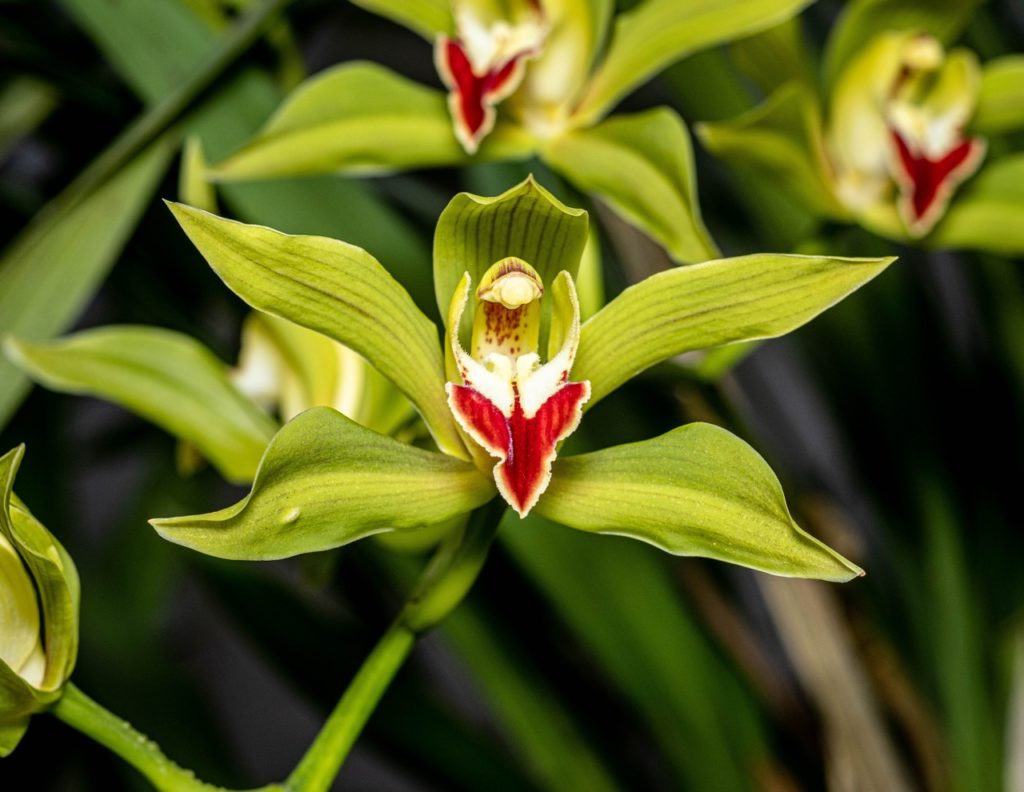
“ All in all , it is their multifariousness and beauty that ignites my passion for growing these fascinating plants . ”
allow ’s explore just some of the extremely regarded species and hybrid cultivars to help you see the right orchidaceous plant for you and your home .
1)Cymbidium‘Dorothy Stockstill’
This is a highly floriferous boat orchid which bear scarlet - chocolate-brown flower with a maroon mouth from winter into the outflow .
It should be grow in a neutral and well - drained loam , in a reasonably hopeful location out of verbatim sunlight , and needs minimum temperature of 16 ° atomic number 6 during the day and 10 ° blow at night .
This hybrid variety , with its pendulous flower capitulum , looks good raise in a basket .
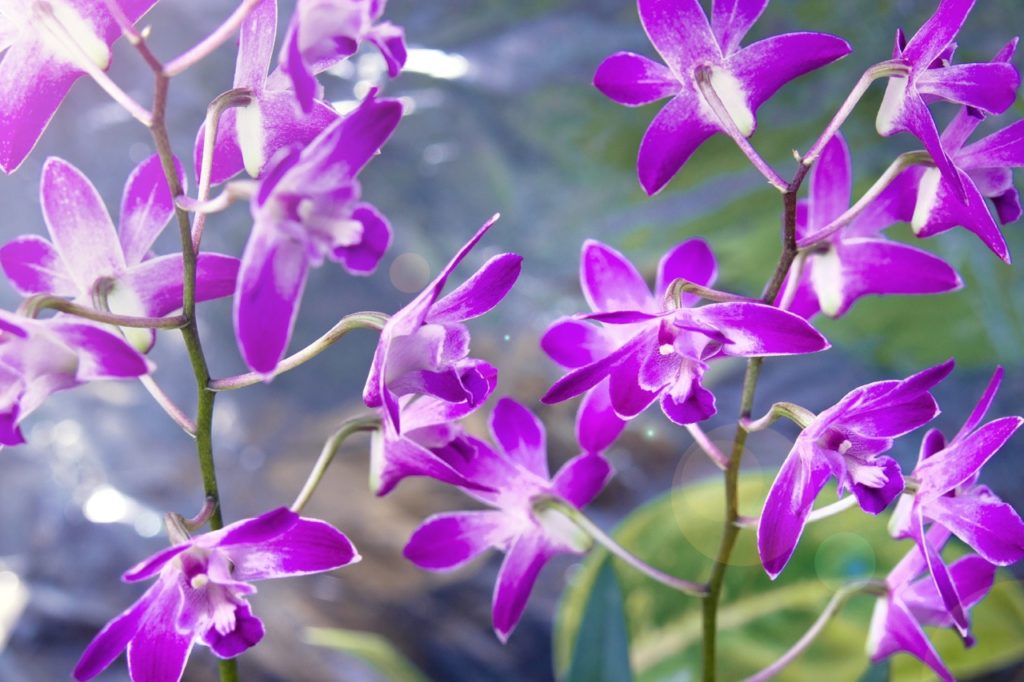
2)C.erythraeum
Requiring around the same temperatures and weather condition as the above , this boat orchidaceous plant has brilliant green leaves that sometimes have dour spot .
In fall and during the winter , it has long arching stems that conduct around a dozen efflorescence .
These are around 8 atomic number 96 across and have 5 minute outer petals that are immature with red spots and a tubular centre of attention that is green with dark scarlet scoring and a bloodless lip .

3)C.lowianum
This gravy boat orchid is a large epiphytic species that grows to around 90 centimetre in height .
It will grow comfortably in cooler condition .
The flowers are a vivid shade of apple green , with cryptic blood-red edges to the rim , and these bloom on long , curve stem from fall through to the wintertime and sometimes into early springiness .
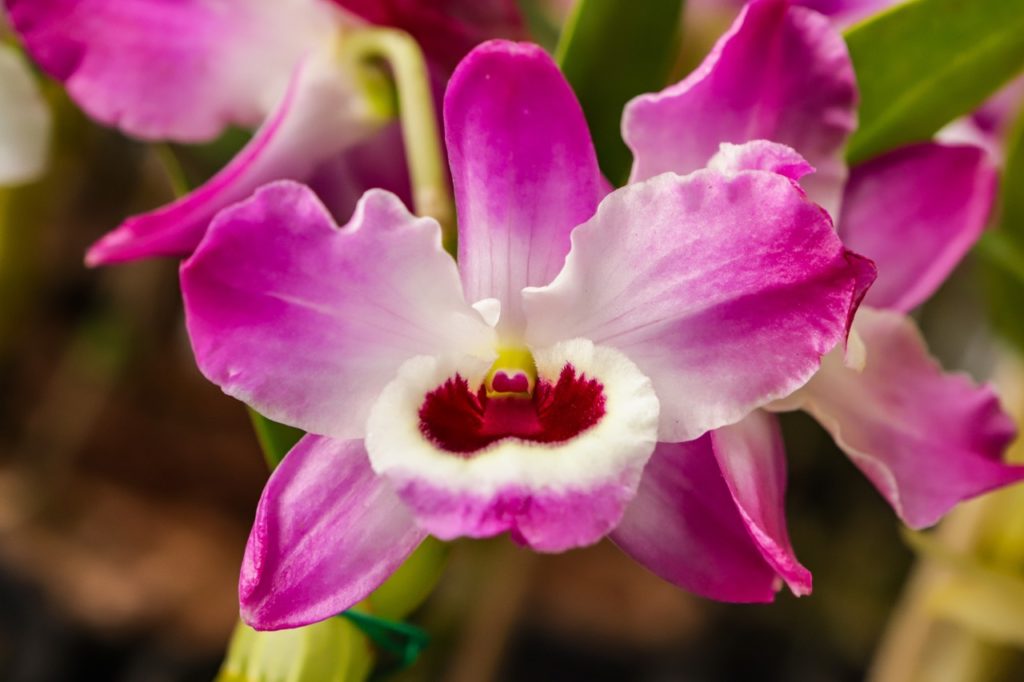
Again , these are houseplant , with a hardiness rating of H1C.
4)C.‘Nagalex’
Another option which can flower over a long point of meter , this boat orchidaceous plant is extremely floriferous and can blossom continuously for more than three month .
This is another likely houseplant that need daytime temperatures of 16 ° 100 and 10 ° C during the dark .
The flowers are a yellowy - immature chromaticity with a white lip and they have a perfumed scent .
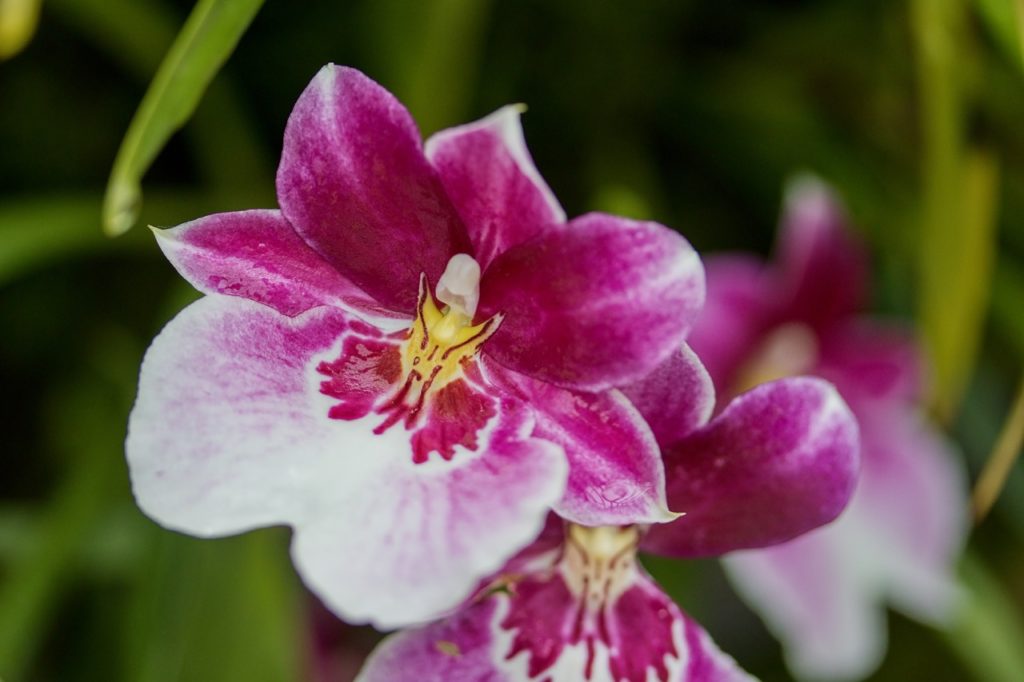
5)C.‘Tiger Tail’
A dwarf , liberal - bloom terrestrial orchid that grows to around 30 cm in height and spread , this selection has tenacious linear leaves and produces yellow to olive green flowers with white tinted great lip on gently curve spokes .
These blossom flower in the former winter .
6)Dendrobium‘Berry’
“ At our glasshouse , we have it away to develop many of the species , especially dendrobium , ” shares the proprietor of Burnham Nurseries , Sara Rittershausen .
“ We have some that bloom in any season and enjoy the cooler temperatures , and many have a endearing scent which is a veridical bonus ! ”
This small , terrestrial orchid is a loan-blend ofD. kingianum(see below ) andD.‘Mini Pearl ’ .
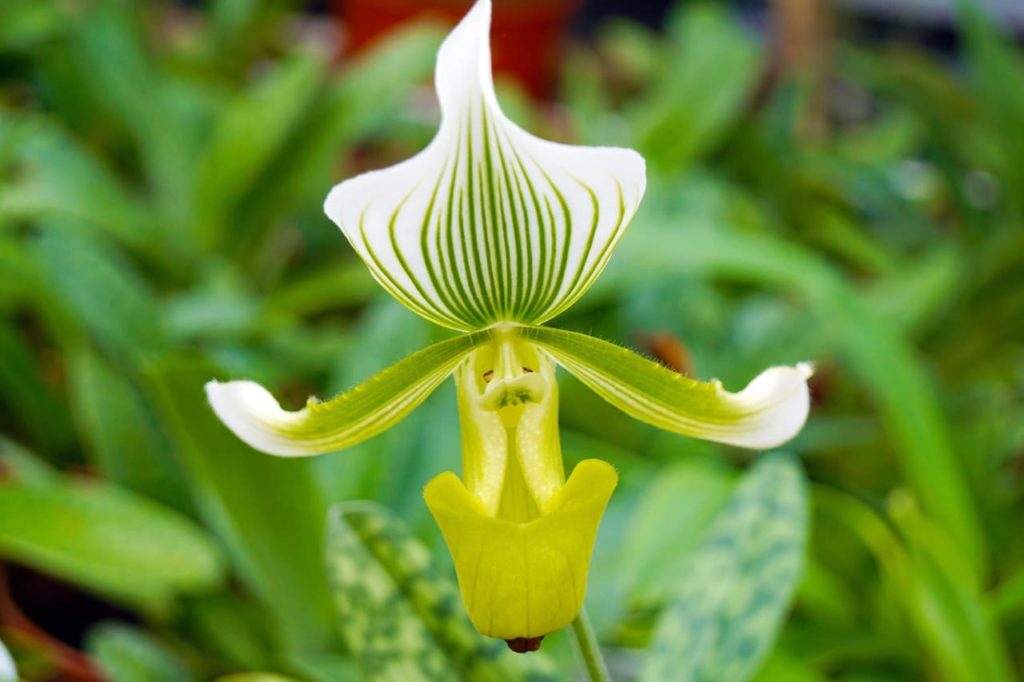
It grows around 38 cm marvelous and 30 cm encompassing .
It has leathery light-green leafage and purplish pinkish efflorescence which are 2 atomic number 96 across , borne on nebuliser which mature upright from the pseudobulb tips in the fountain .
Daytime temperatures of 18 - 25 ° C and Night above 12 ° C are required .
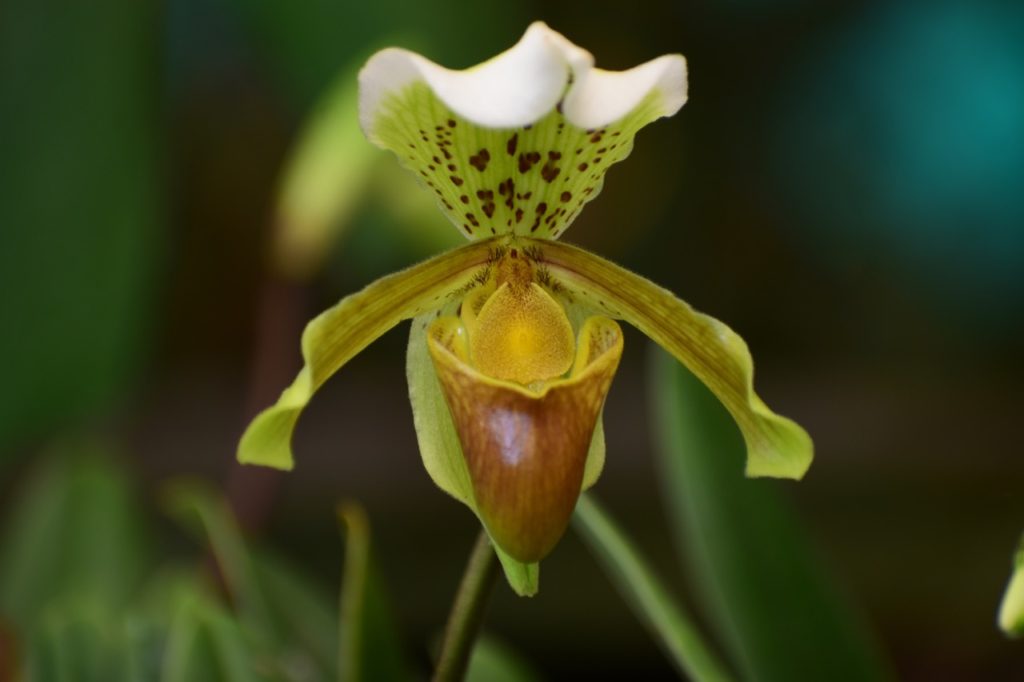
7)D.kingianum
This orchid is slightly larger than the hybrid listed above .
It is an epiphytic orchidaceous plant with upright stems and fragrant flower in purple , pink or white , with a veined or blotched lip that features hints of Red River or purple .
These flowers are borne in raceme up to 15 centimetre long in the other spring .
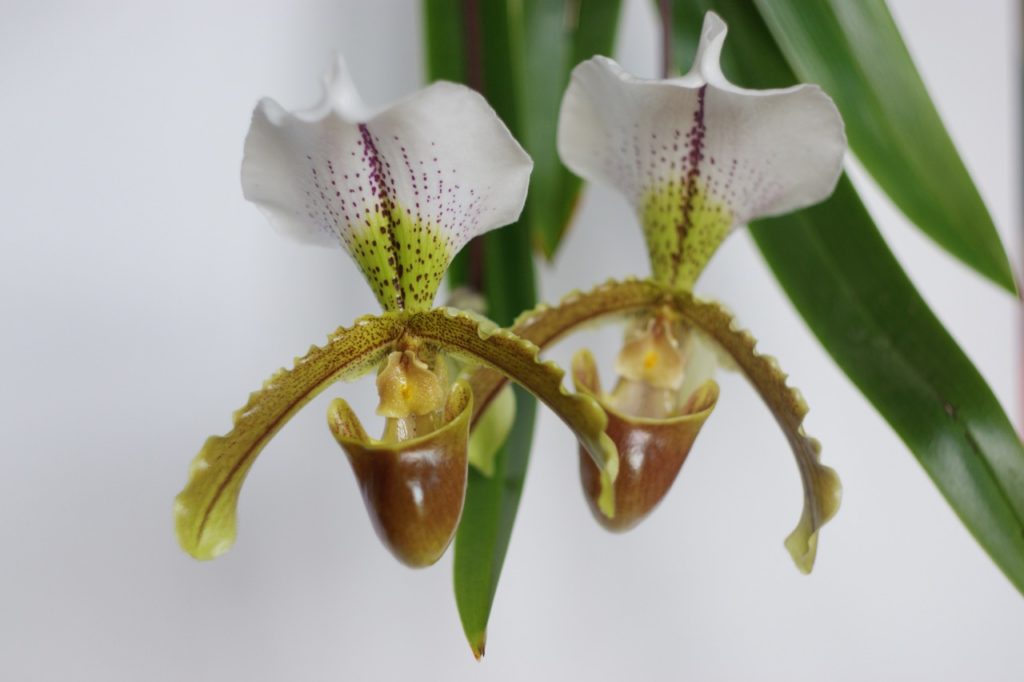
8)D.nobile
Another aerophyte , this orchidaceous plant is often evergreen in polish .
It grows 30 cm in pinnacle , with ovoid parting around 5 - 8 centimetre long .
From winter into outflow , these orchids hold trusses of fragrant flowers with a rose pink hue and a deep maroon lip .
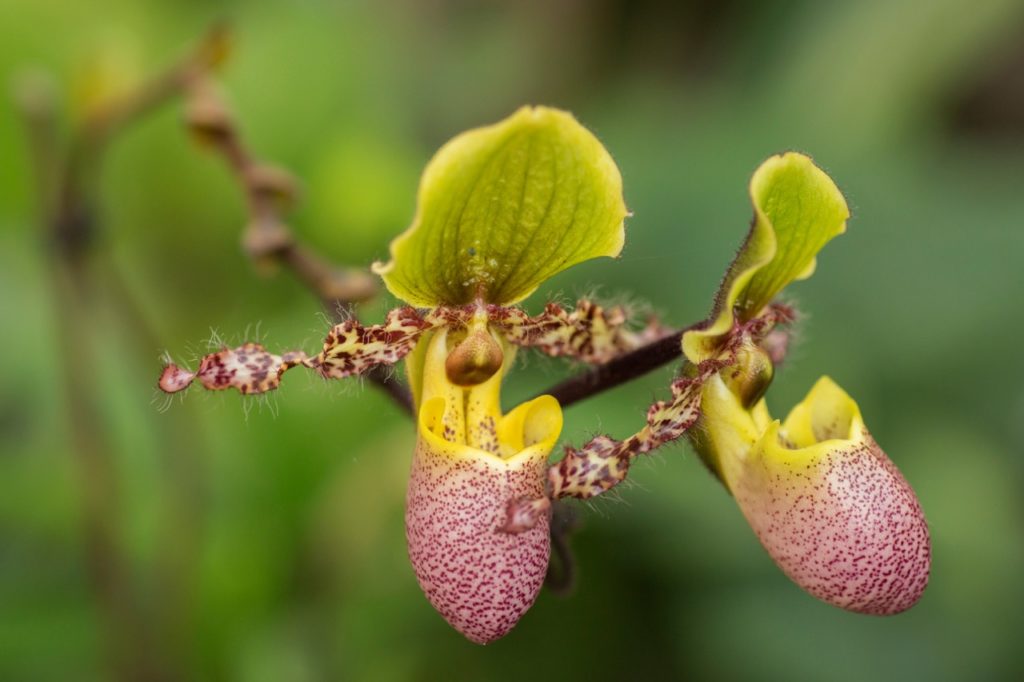
spring up in well - drained acidic or neutral soil in a suited orchid compost , with temperature between 18 - 25 ° blow by daylight and a minimum of 10 ° coke at night .
9)Miltoniassp.
If you are appear for something unlike to try on , one of the pansy orchids within the Miltonia genus might be an option to consider .
These have large , undefended bloom in a mountain range of different specter from white through yellow and pink .
Often , they are mark attractively in contrasting colour .
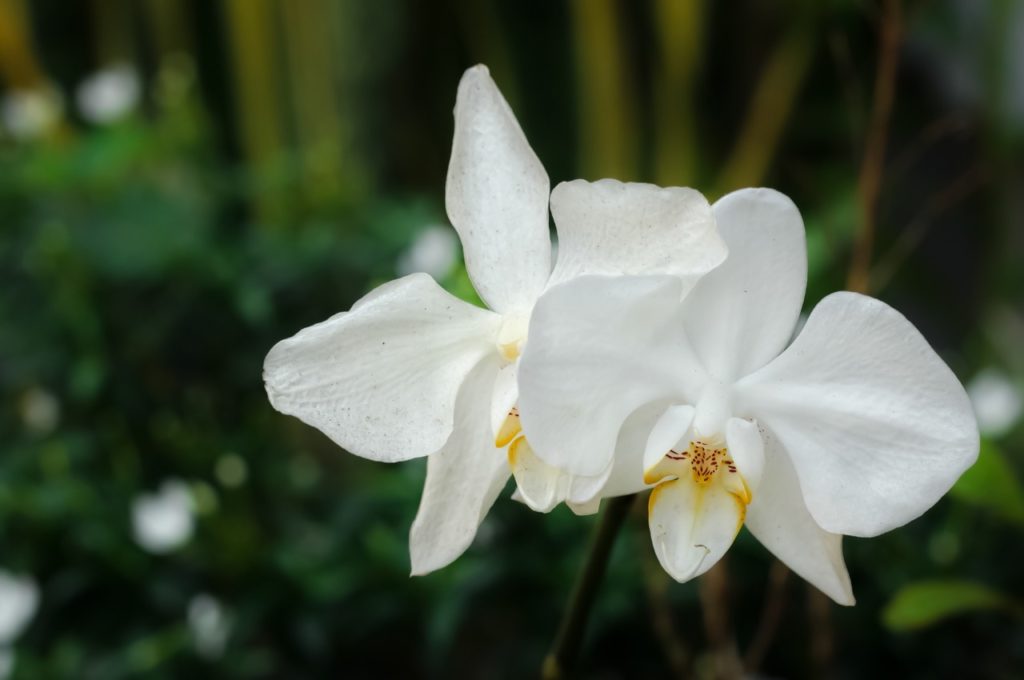
They can be get in cool to average temperature and should be proceed in bright but indirect light indoors .
10)Oncidium naevium
This is another orchidaceous plant that might be grown inside the home in a bright conservatory greenhouse .
It is an epiphytic orchidaceous plant that has a pseudobulb from which raw growth emerges .
The leaf that come from the pseudobulb are around 20 - 30 cm recollective and the flowers , borne on longer , arc stems in winter and spring , are sweetly sweet-scented .
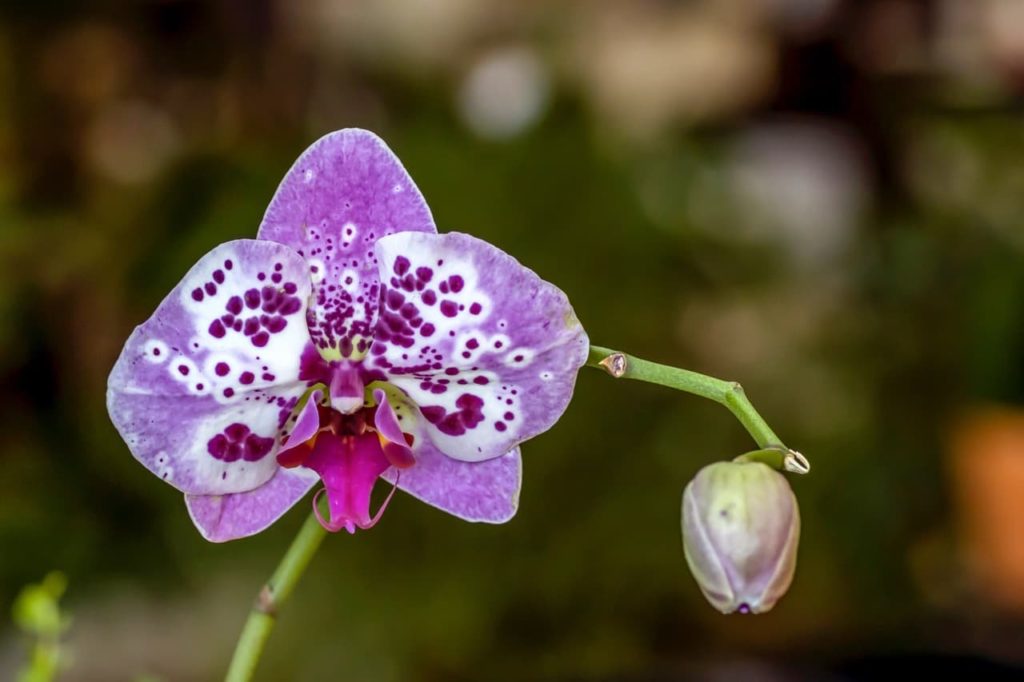
These blooming are white and star - shaped , with little red situation and a xanthous spot at the sum .
Six or more blooming may build up on mature plants .
The maximum daytime temperature is 25 ° C and 8 ° C is the minimum at Nox .
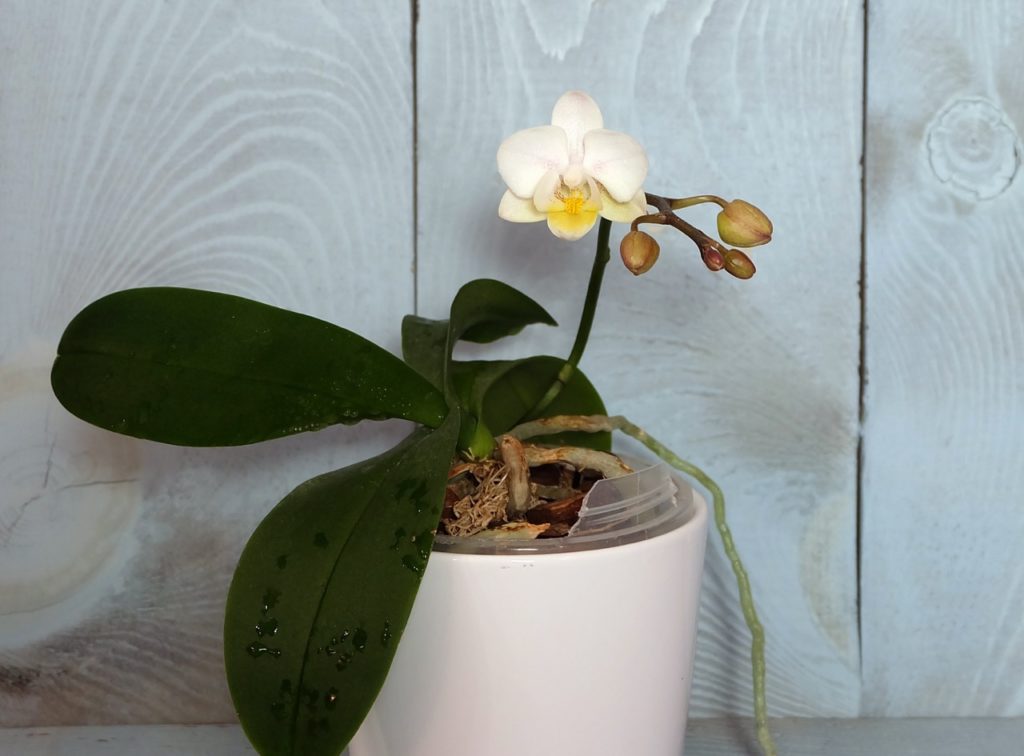
11)Paphiopedilum‘Clair de Lune’
Slipper orchids are another type to turn over if you want to grow orchid at menage .
“ I have a mixed collection of a number of genus but specialize in Paphiopedilum , ” sharesKen Griffiths , the Chairman of the Bournemouth Orchid Society UK .
“ I in particular like them for their form , variety of colour and , in some , the stunner of the leaves .
“ There is a very active specialised Paphiopedilum Society in [ the ] UK , which is the only one of its kind devoted to a picky genus . ”
This slider orchidaceous plant has leaves that are mottled and saturnine immature , and undivided flowers up to 10 cm across , which are carried on upright stem that are between 15 - 20 cm improbable .
The orchard apple tree green ‘ carpet slipper ’ mostly hide from sight in the green and snowy immix sepals .
The petal are also green and white , while the upper sepal is white with saturnine light-green stripe .
12)P.insigne
“ Paphiopedilum orchid are a little tricky to grow but occur in a howling array of colours , look highly exotic and are one of only a few orchid types that can not be mass - get , ” saysMalcolm Moodiefrom the Solihull & District Orchid Society .
The excellent paphiopedilum is an evergreen semi - terrestrial orchid .
It has long , narrow-minded , pallid green leave of absence in a stem canker form that are around 20 - 30 cm in distance and solo blossom appear from the centre of the rose window .
These blossom are on unsloped stems that are 15 - 30 centimeter long and , like other slipper orchids , they have flowers with a pocket that traps insects and allows for pollenation .
The petals are yellowy - bronze and the upper sepal is yellow with crimson spots with a lily-white upper leeway .
13)P.‘Leeanum’
Another skidder orchid to consider , this choice grows around 30 cm tall .
It has single flowers bear on long root word in wintertime and early natural spring that can sometimes appear during other seasons when grown indoors or in a glasshouse .
The flowers are 10 centimeter wide , with a morose reddish - brown pouch , pale light-green - xanthous petals with burgundy marking and an upper sepal that is wan green with burgundy speckles , fading into whitened at the top .
14)P.‘Pinocchio’
The Venus slipper orchidaceous plant is a hybrid made by crossingP.glaucophyllumandP. primulinum .
The flower , borne successionally , can seem on the works and stay in bloom over several months .
They are suffer on single spike and have pink pouch , whitish fleeceable side petals with burgundy markings and a lime tree green sepal up top .
15)Phalaenopsis amabilis
Now we twist our attention to the pop moth orchids that you might grow .
Sometimes come to to as the East Native American butterfly plant life , Phalaenopsis amabilishas fleshy , ovoid leaves up to around 50 atomic number 96 long and , from autumn to former spring , brook long - long-lasting and nicely scented livid blooms up to 10 curium across on stems that can be up to 1 m tall .
Grow indoors in a bright location out of direct sunlight in a office that receives consistently warm and even temperatures .
16)P.‘Dover’
This upright , epiphytic moth orchidaceous plant is an abundantly flowering intercrossed option , often producing three anthesis stem , around 30 cm tall , at the same time .
The bloom are enceinte and white , with mauve colouration at the pharynx and a yellow-bellied lip .
farm in well - drained indifferent soil , ideally with temperatures of around 17 ° atomic number 6 at nighttime and 20 - 25 ° C during the day .
17)P.‘Picasso’
Another upright - growing epiphytic orchid , this selection often also bears a couple of flowers at the same time , each flowering theme growing around 60 cm in height .
The flowers are interesting , being of a harlequin type , and no two flush are on the dot selfsame .
However , they are broadly snowy with a dark burgundy heart and scattered burgundy spotting , a burgundy - orange sassing and a milklike - sensationalistic boundary on the side lobes .
18)P.‘Sunshine’
This is an unsloped and comparatively heavyset orchidaceous plant that grows around 30 atomic number 96 tall .
It has long - lasting flush which are mostly white-livered in hue , with maroon freckles scattered across them and an orange back talk .
These orchids can also prosper in ardent , even temperature in lustrous but indirect light .
19)P.‘White Apple’
Another upright , epiphytic orchidaceous plant , this one has egg-shaped , dark unripe foliage that are 15 cm long and legion long - lasting flowers on semi - pendulous branched racemes around 30 cm in length .
Each flowering theme carries around 15 flowers which open in successiveness .
These blooms are ashen with a flush of garden pink and some mauve on the reverse side .
The lip is yellow and spotted in the middle .
20)P.‘Yellow Lightning’
This moth orchidaceous plant has broadly speaking ellipse leafage and arching theme which boast a series of yellow efflorescence that have reddish tips towards the edges and purple at their centre .
These flowers bloom over a recollective period and can appear at any time of the twelvemonth .